In a sometimes ugly world, there is this beautiful synthesizer. Not just a simple remake, Sequential’s Prophet-5 lets you literally dial in the vintage spirit. The best-loved instrument from Dave Smith is back.
First rolling off the assembly lines in 1978, the Prophet-5 was in many ways the first modern synth instrument – the Apollo rocket of synths. It was the first synth with an embedded microprocessor, giving a digital brain to its analog sound. It was the first fully programmable polysynth. And while some vintage firsts seem dated now, the Prophet-5 is eminently balanced – a 5-voice poly with both subtractive and FM synthesis for flavor and a sensible, flexible architecture packed behind a logical, friendly panel. It was a beautiful collaboration between John Bowen and Dave Smith, two titans of design. (John started at Moog, worked on all the great Sequential stuff, and went on to the Korg OASYS and Creamware modular and Solaris.)
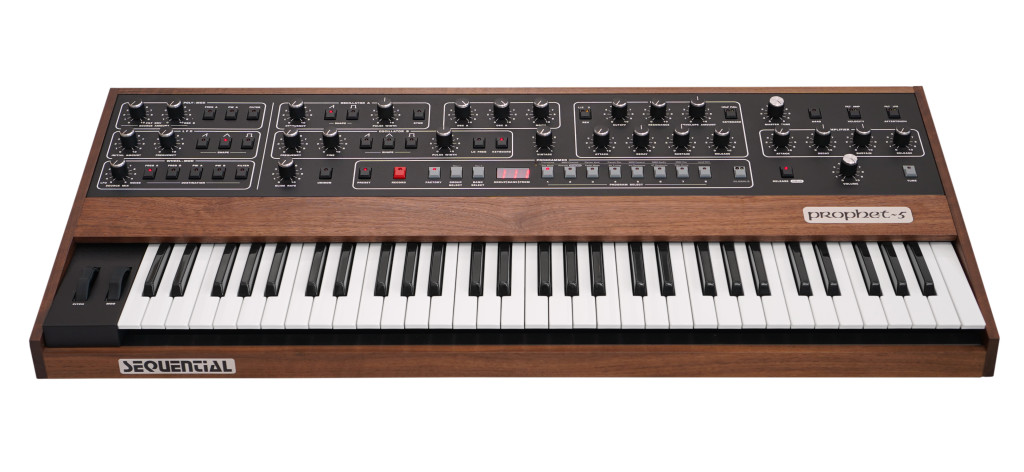
That is, it passes what I will hereby very humbly dub the KIRN Test (uh, just because now my name in 2020 is evidently a thing). This is a remake that, had you never seen the history of synths before, might appeal to you right now without prior historical knowledge.
Or, another way to look at this – given the current state of human civilization, don’t you want the instrument family that gave you the iconic theme from Terminator?
Now that said, the challenge in capturing the magic of a remake is, there’s usually not a single model to follow. Vintage instruments went through revisions – the Prophet-5 was made from 1978 to 1984 in different versions. And then there are variances from model to model. And don’t forget, you probably want some modern features, not to mention manufacturing differences in contemporary parts also introduce variables. (One of those variables is, quality and stability does tend to be higher now, in addition to cost being lower, so it’s not a bad thing.)
So let’s look at the new Prophet-5.
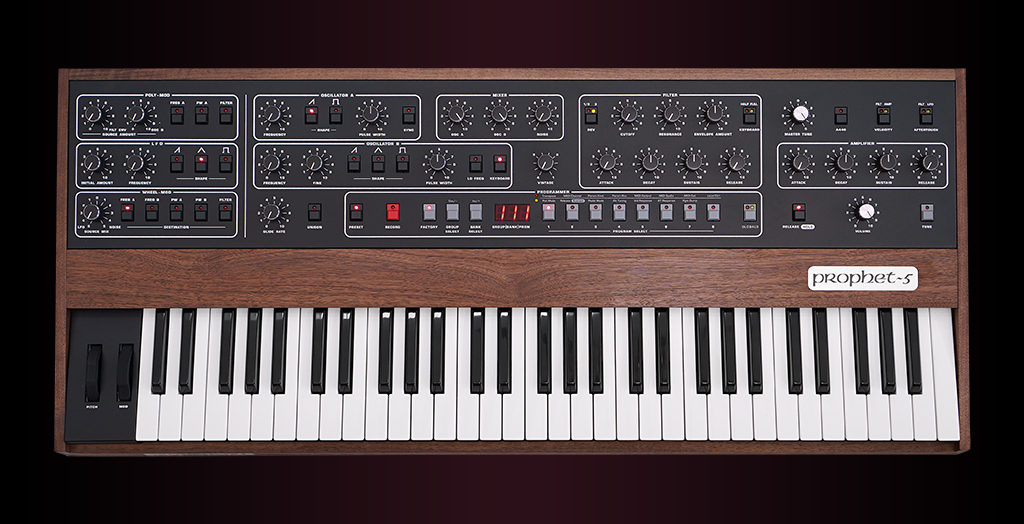
Original formula
- Five voices
- Two multi-waveform analog oscillators
- Resonant analog low-pass filters and amplifiers
- Filter + amplifier per voice
- Multi-waveshape LFO for modulation
- Poly Mod
Poly Mod is really the part of this that gets exceptionally cool – you can easily route filter envelope and oscillator B to route to the destination you want (filter cutoff, oscillator A frequency, oscillator A pulse width, especially). That is, the chocolate-with-nuts goodness was always a dial turn away – without patching, already voiced and tuned to work well. Yes, it was groundbreaking in 1978, but it’s in fact just as useful now. And instruments that just add a ton more features do not necessarily have a corresponding increase in musicality.
The sounds:
Sequential · Prophet-5 Audio Demos
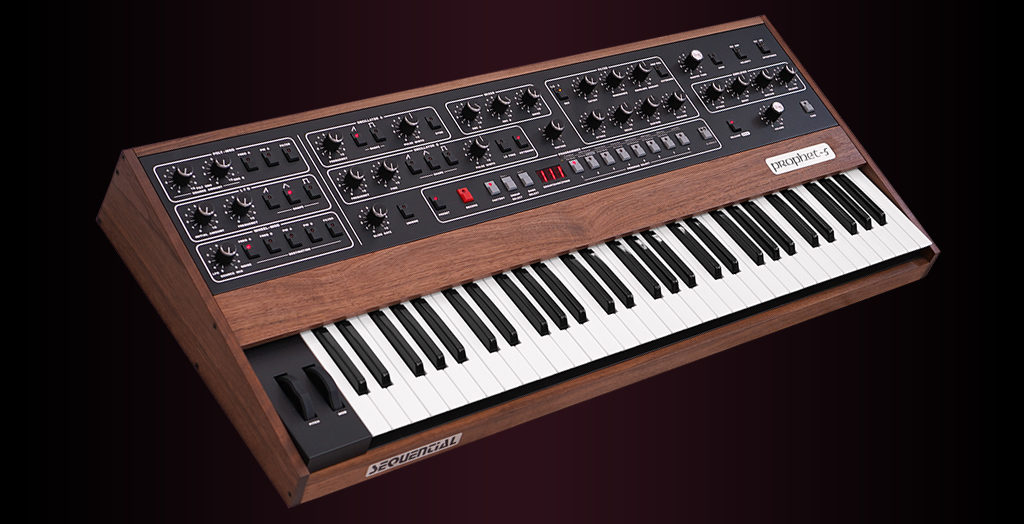
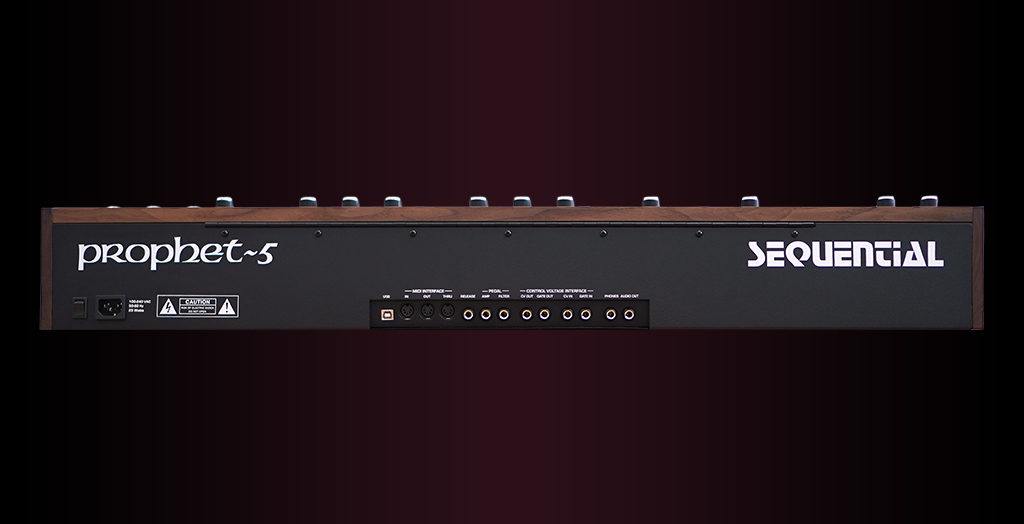
The best of all possible remakes
It’s one thing to clone or remake an existing instrument – and with simpler instruments, frankly, that is probably the end of the story. But certain ingredients really do matter if you want to reissue and remaster an entire polysynth. The good news is, all of us looking down the list of what Sequential have done are largely nodding at the decisions.
Original, genuine Curtis VCO [oscillators] and filters, as already seen in the Prophet-5 Rev3.
Dave Rossum-designed SSI 2140, which is the latest filter from the engineer who created the original SSM 2040 – that’s what’s in the Rev1 and Rev2 Prophet-5 vintage instruments. We love the 2140 around these parts; it’s the equivalent of buying a fine violin or piano from an established maker, only for, uh, filters. (Okay, we’re also nerds.)
— and the ability to choose. A Rev switch lets you determine which of the three revisions you want your Prophet to be. Plus –
Dial in the vintage. This to me is a really ingenious invention – something we’ve seen conceptually, at least, from some plug-in developers but not to my knowledge in hardware. There’s a knob that lets you dial in how vintage-y your reissued Prophet-5 is. As Dave Smith says in the announcement:
We also researched what made the original P-5 sound the way it did — organic and alive — and found that a lot of that desirable character was due to fluctuations and differences in the response times and frequencies of the individual oscillators, filters, and envelopes from voice to voice. So we also added a Vintage knob that loosens all of them up like they were in the old days. You can dial in progressively more vintage character as you go from a very stable “4,” as in Prophet-5 Rev4, all the way to “1,” as in Prophet-5 Rev1, which was the most temperamental of all Prophet-5s. We’ve even included the original factory sound set for the full vintage experience.”
This also demonstrates that you can’t just copy specs off a circuit diagram or mimic a single preset; even electronic instruments are tuned and adjusted to give you a particular sonic behavior. But having a knob to dial in what you want I think is especially smart, and I do hope these kind of nonlinearities become something that engineers of software and hardware alike allow musicians to access.
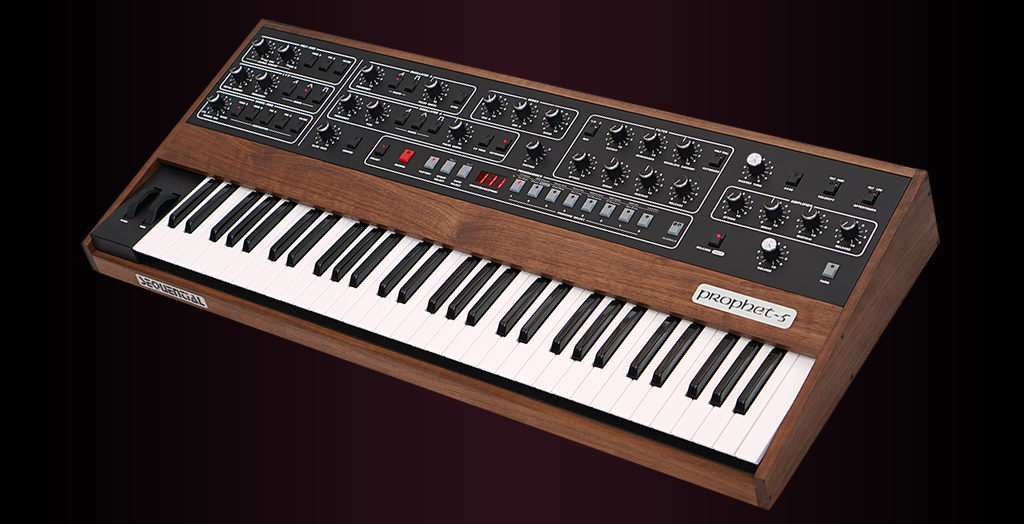
Modern family
There are new features, too:
- Velocity sensitivity (okay, that fixes a big shortcoming of the original – it was acceptable in the 70s)
- Aftertouch
- MIDI and USB connectivity
- Control voltage and gate in/out for analog connectivity (which these days means a lot of gear)
They’ve also expanded on the Unison mode – now you can configure voice count (1-5) with variable detuning and even chord memory, and Glide works in and out of Unison. (Oh, I might even forget about some of my favorite Yamaha polys now.)
And you get it all in “collector-worthy, premium-quality, steel and hand-oiled sustainable black walnut heartwood body, with a full, five-octave, semi-weighted Fatar keybed.” Well, darnit, Dave, drool.
US$3499 minimum advertised pricing (USA). Available in October.
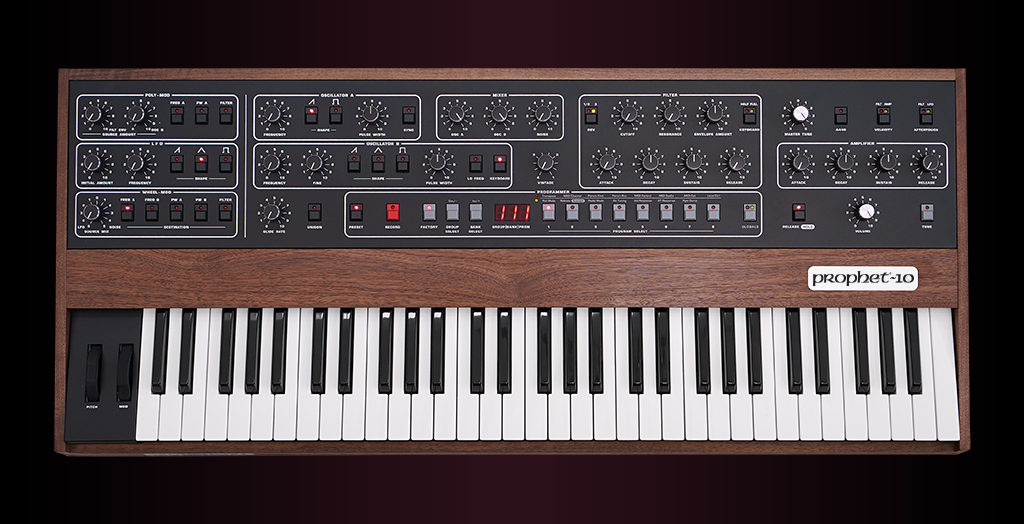
One more thing
They’re also making the Prophet-10, a ten-voice model.
Just get ready for some confusion. The Prophet-10 is not to be confused with the Prophet-10 – Sequential says the 2020 Prophet-10 which is a ten-voice version of the Prophet-5 reissue is not the same as the vintage bi-timbral Prophet-10. I’ve asked for clarification about what they mean. (For instance, they don’t specifically say the new Prophet-10 isn’t bi-timbral. It definitely has 10 voices, and definitely does not have two honking manuals.)
I’m a little sad. Part of me would like to see a preposterous Prophet-10 with two manuals. I would escape the world’s stress by finding some abandoned canal under an opera house and go play my Prophet-10 late at night in a studio accessible only by paddleboat.
As a result of Sequential being less insane than me, though, the Prophet-10 gives you a full ten voice architecture, it realizes what Dave said was an original concept for expanding the Prophet-5, and with just one manual it isn’t ginormous and costs a more manageable US$4299 MAP.
I think we’re missing some full details on the P-10, actually, in that the site copy below refers to the voice architecture of the P-5.
Designed and assembled in San Francisco – stay safe, dear Sequentials:
Back to the 80s, the original Prophet-10 was in fact basically two Prophet-5s that were conjoined at incept date. So, I feel justified in doing this –
“Hey, there’s a pandemic on and I really can’t go buy a Prophet-5 right now,” says the reader. “Ah,” I say, “but a linkhole into Prophet-5/Prophet-10 patching and the origins of the Terminator theme will cost you nothing, apart from productivity and possibly relationships, depending on how far you take it…” So, enjoy:
KORG’s Tats going full Sequential:
The theme song of 2020 — uh, sorry Terminator by Brad Fiedel:
And dive into what’s going on in it, which is basically the Sequential giving it a weird-ass meter:
What Is the Time Signature of the Ominous Electronic Score of The Terminator? [Slate]